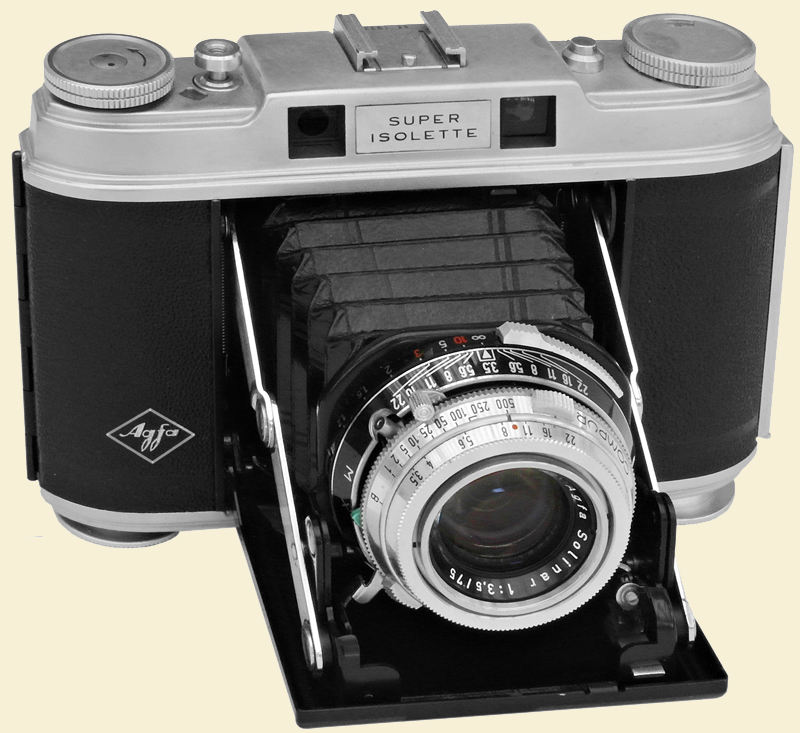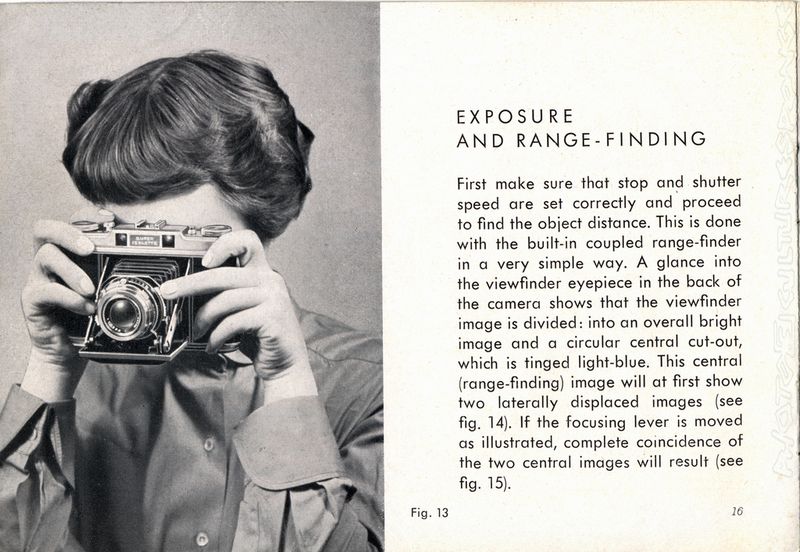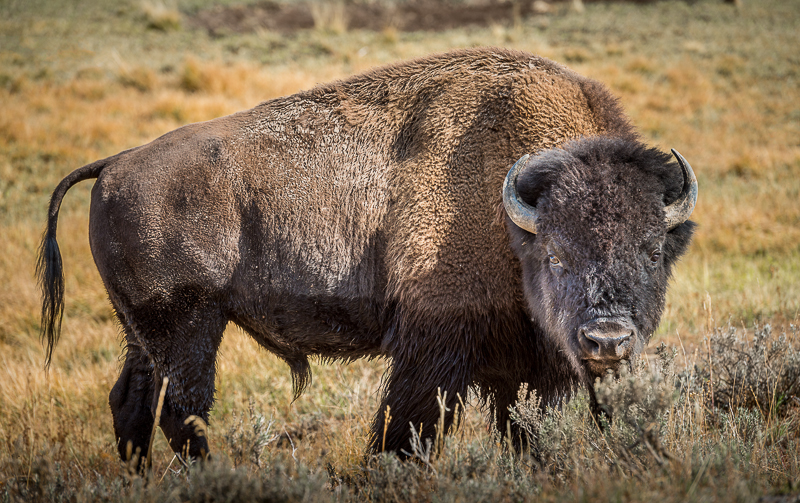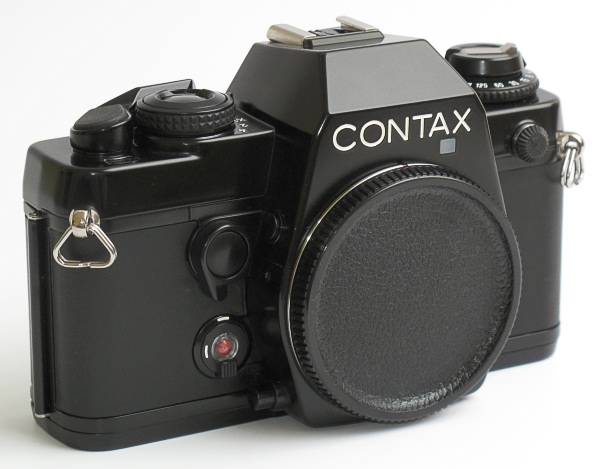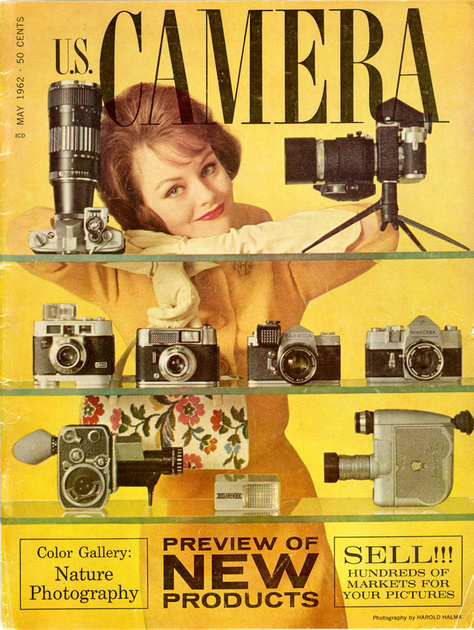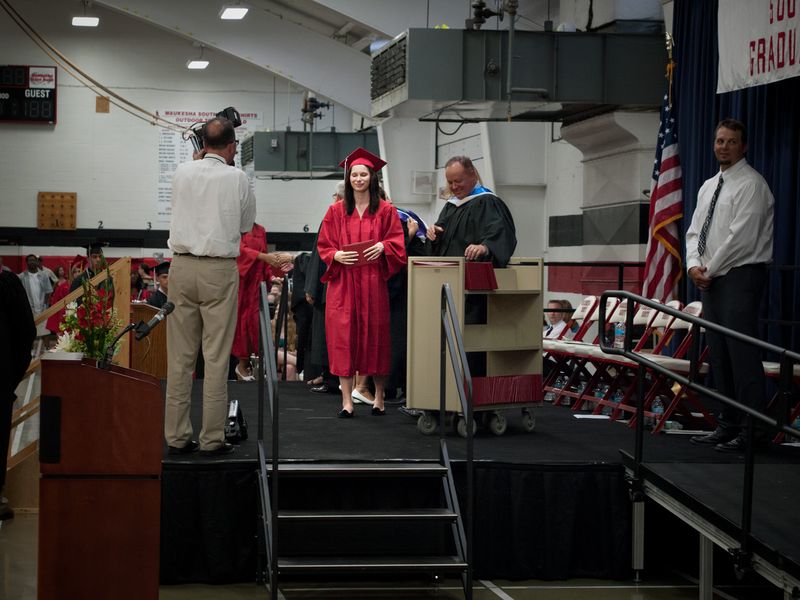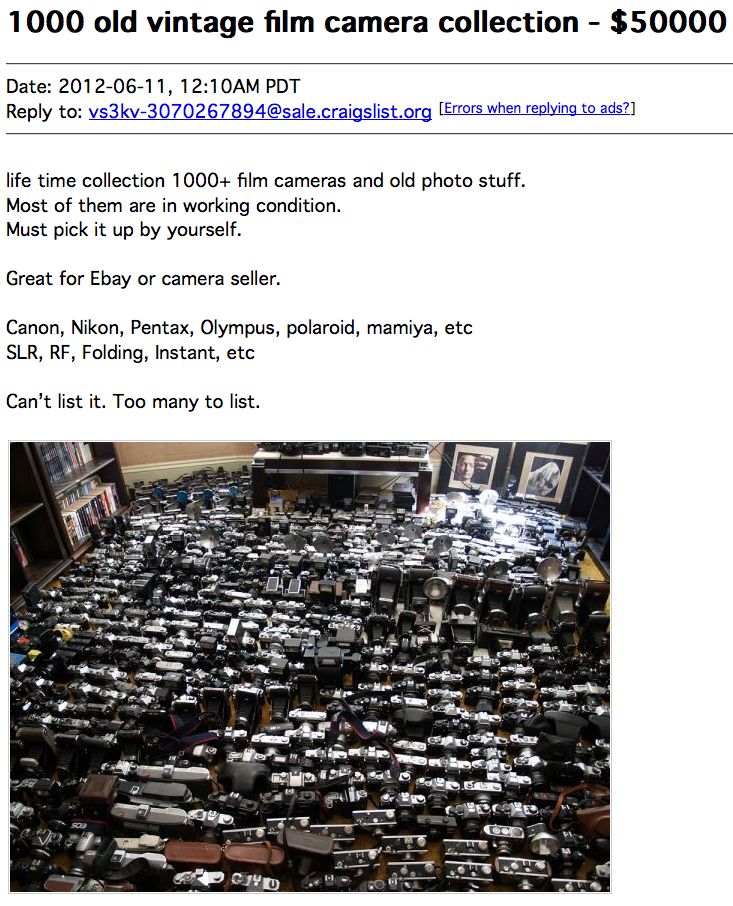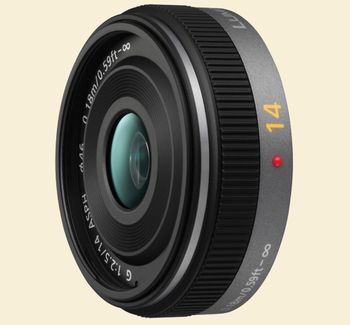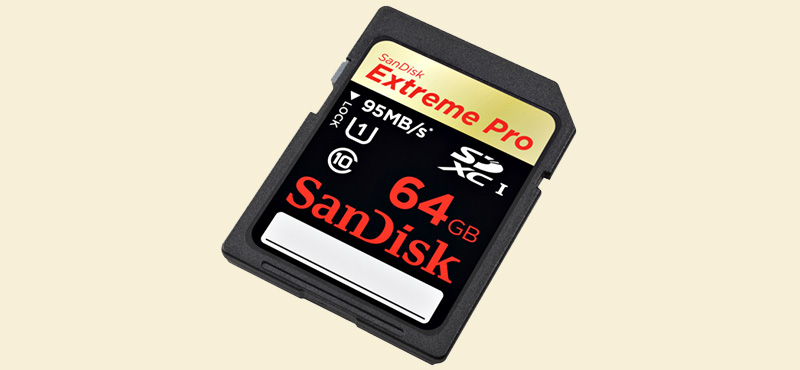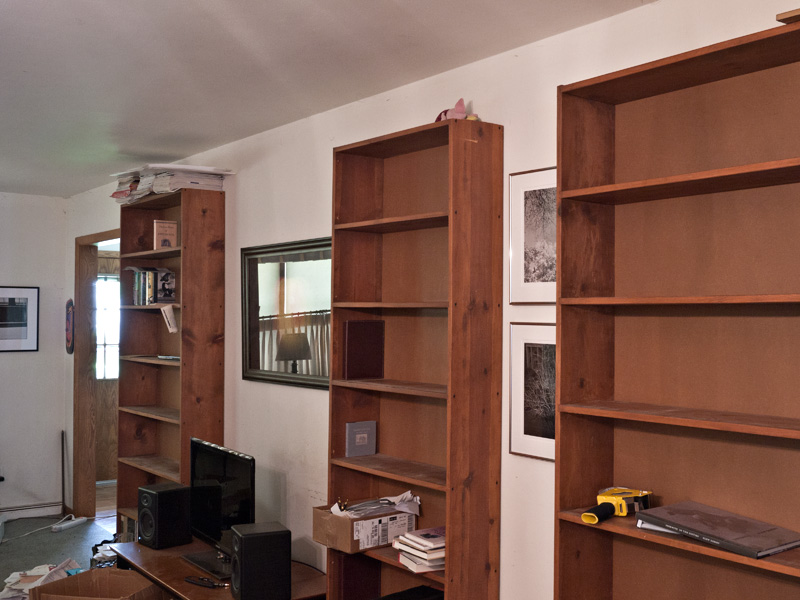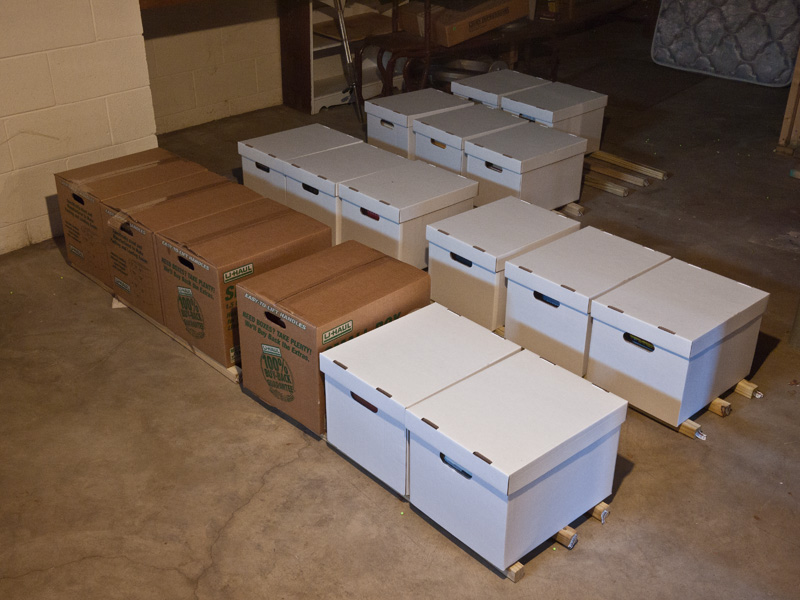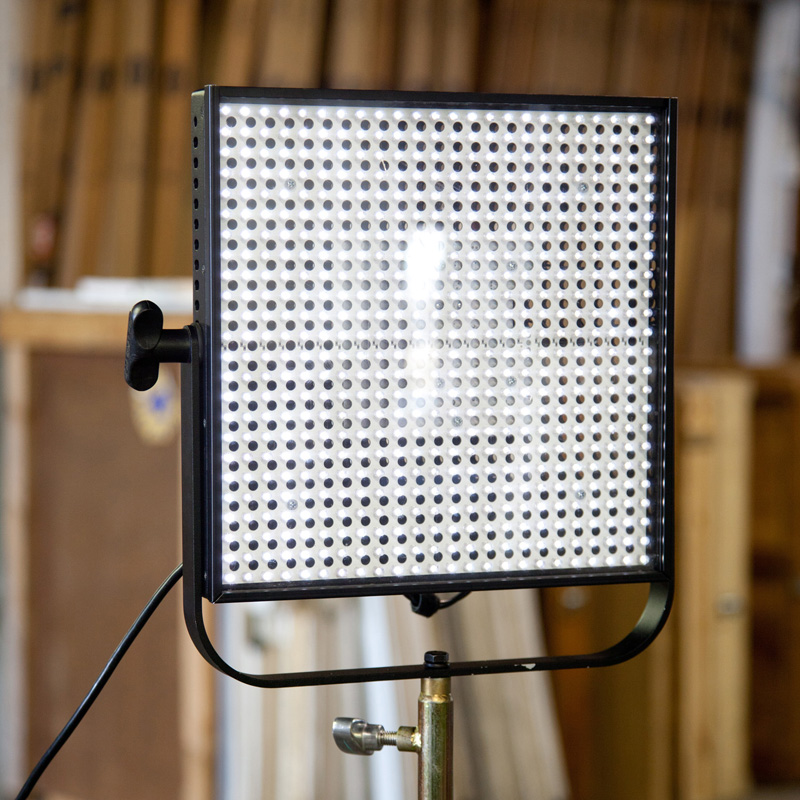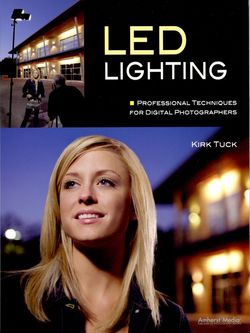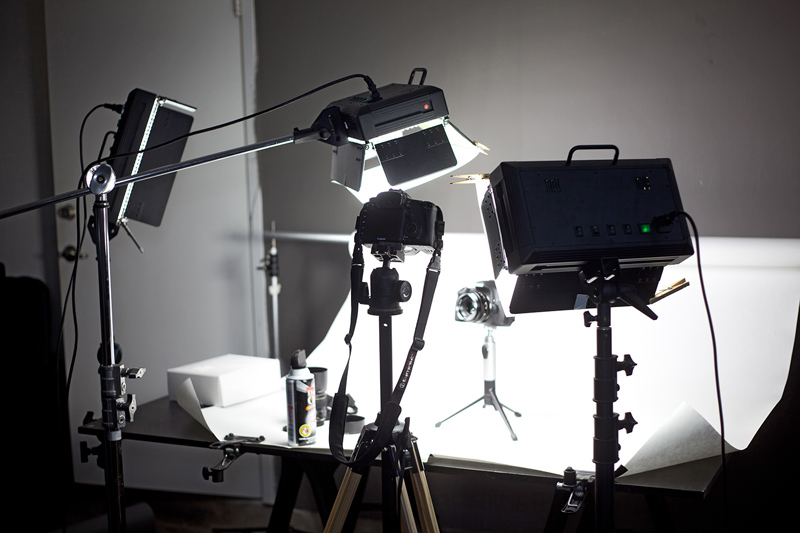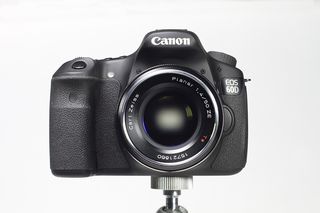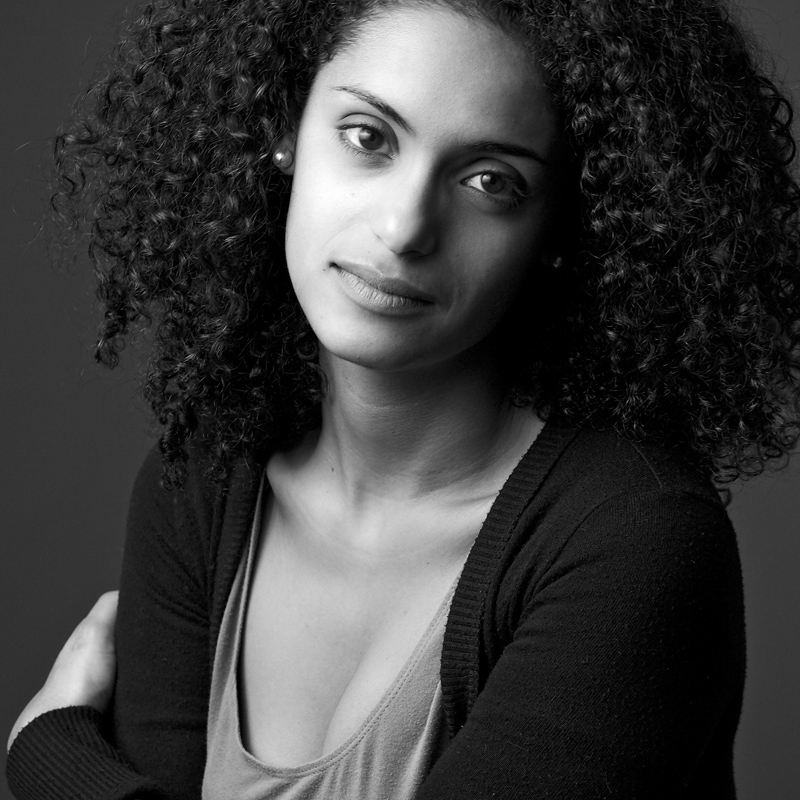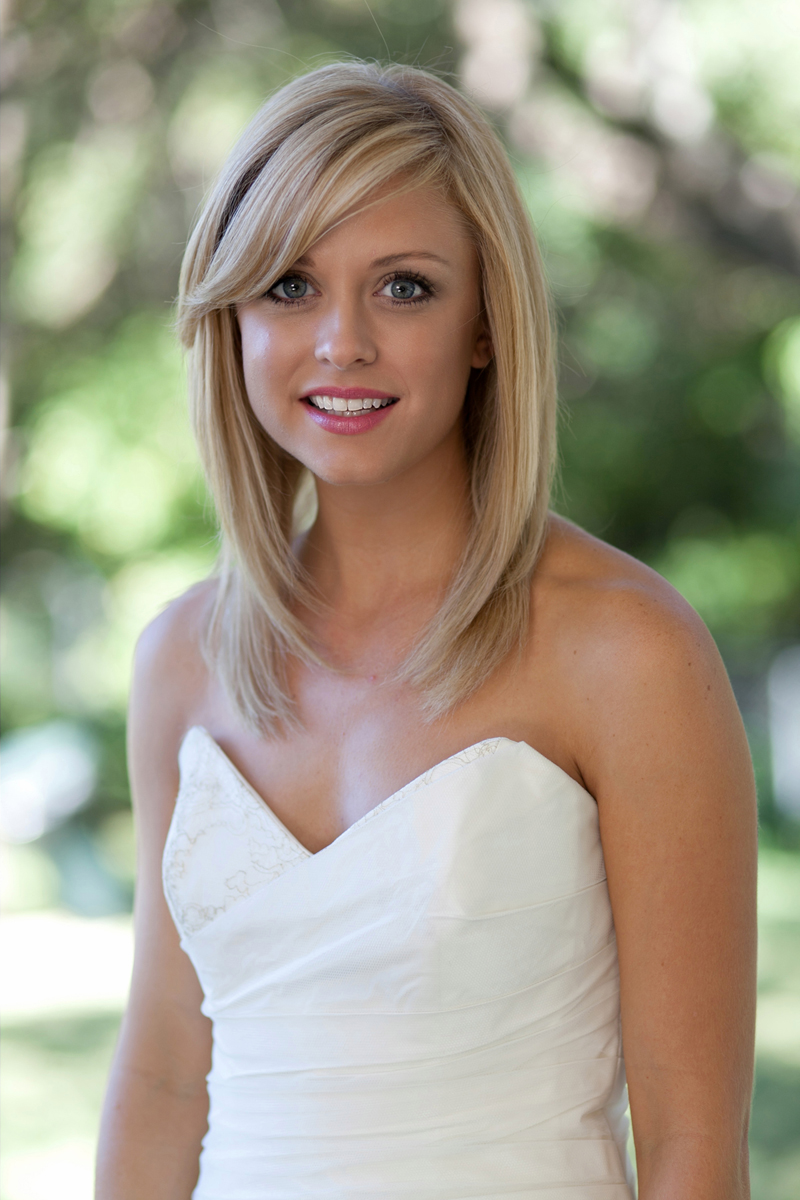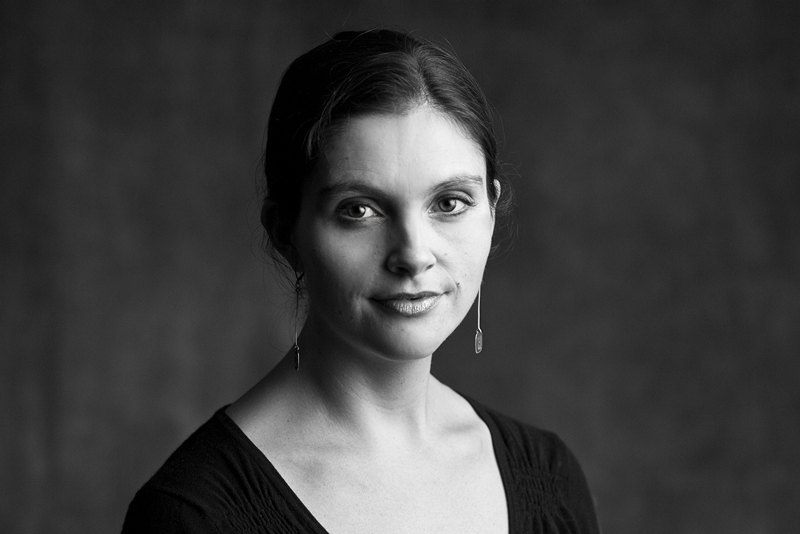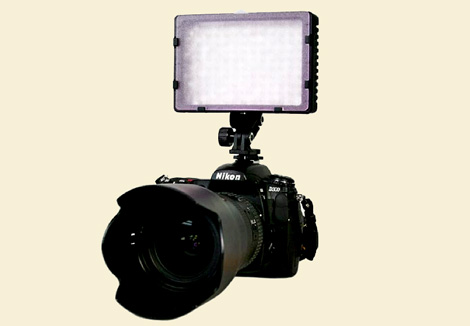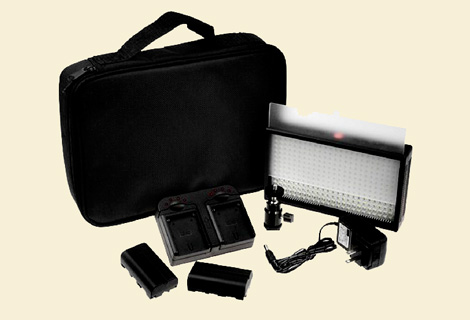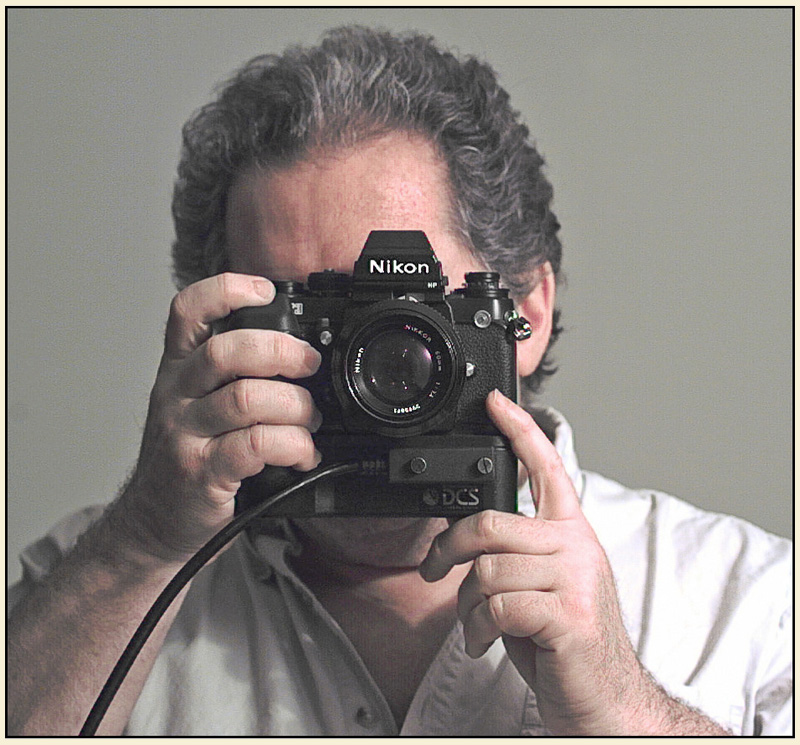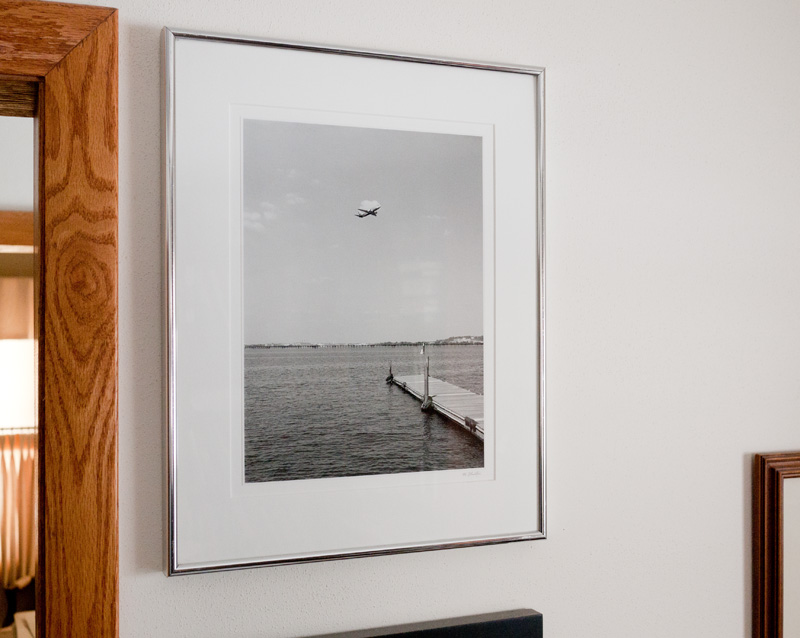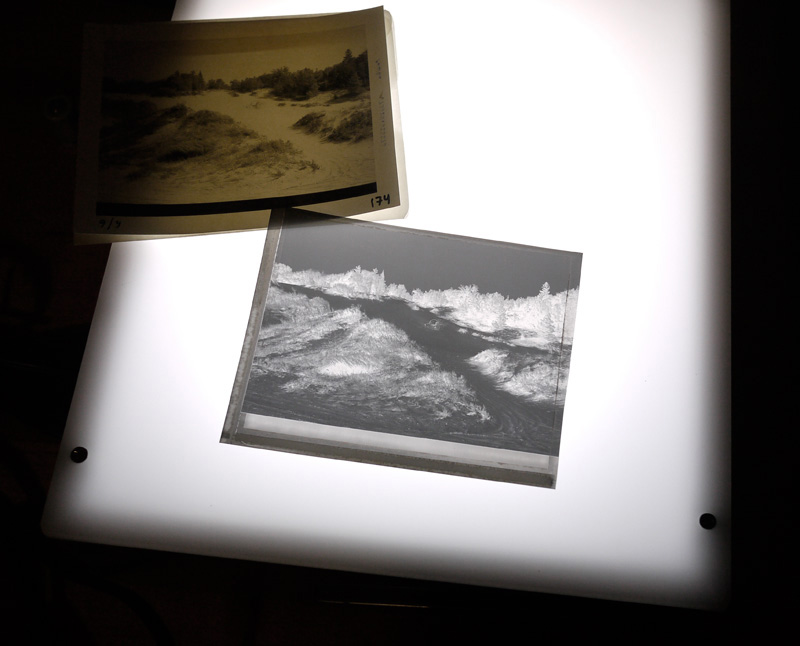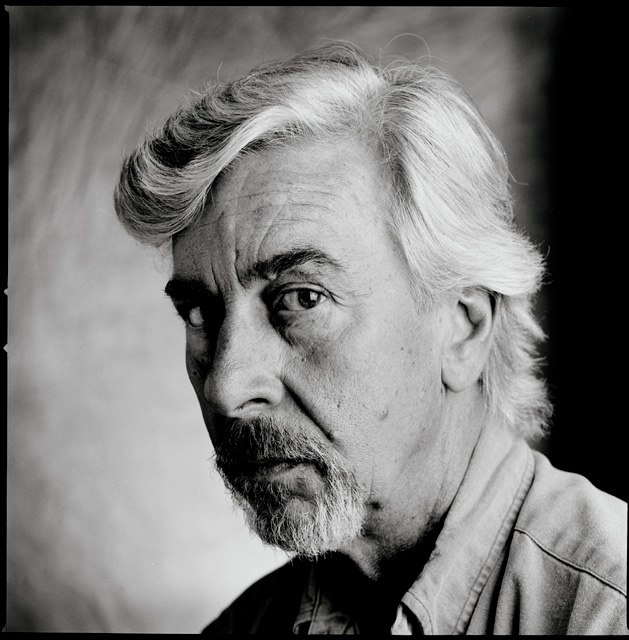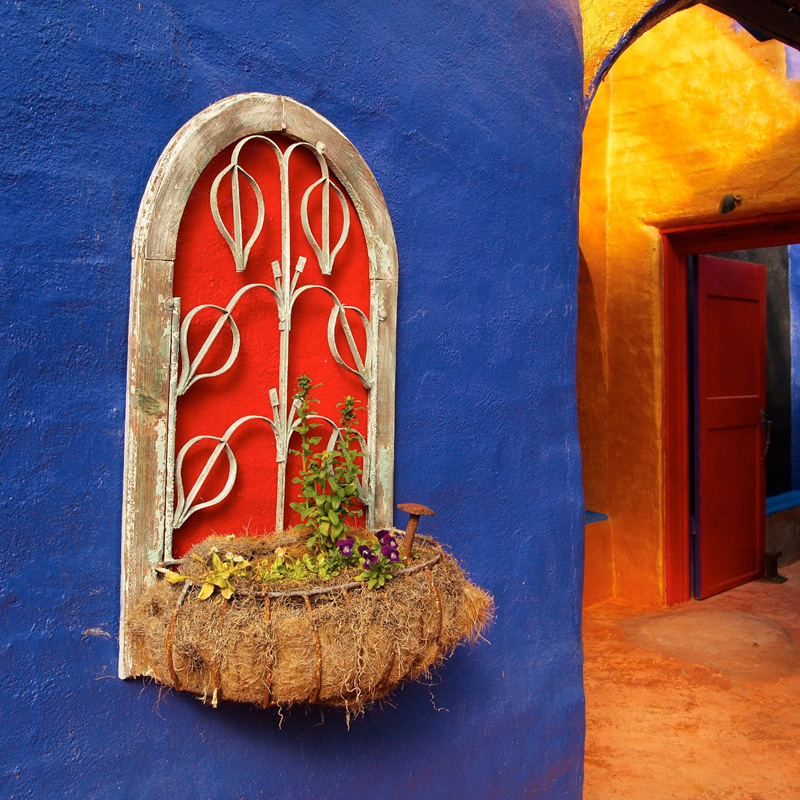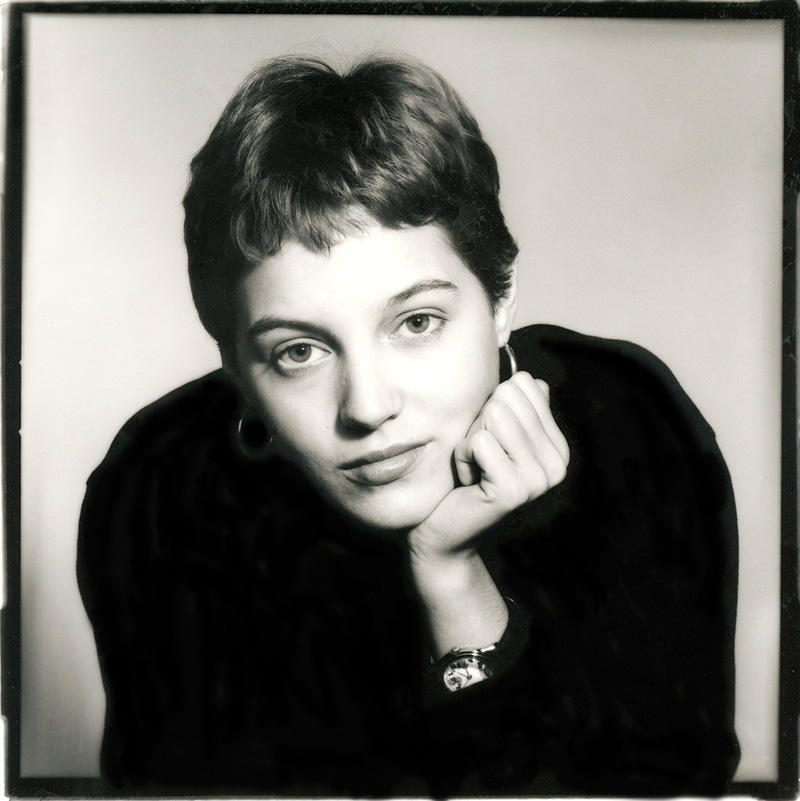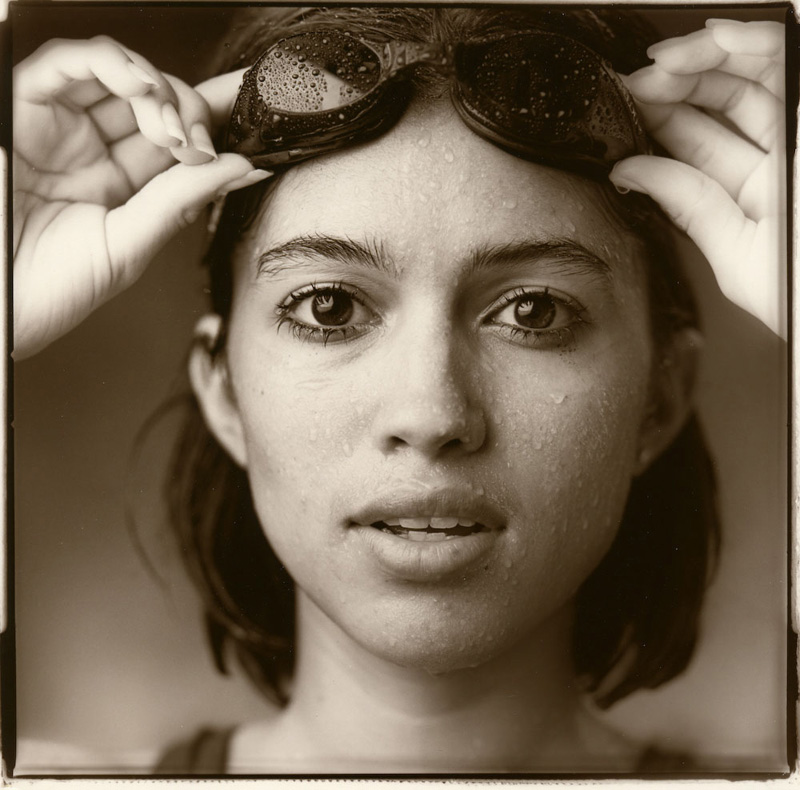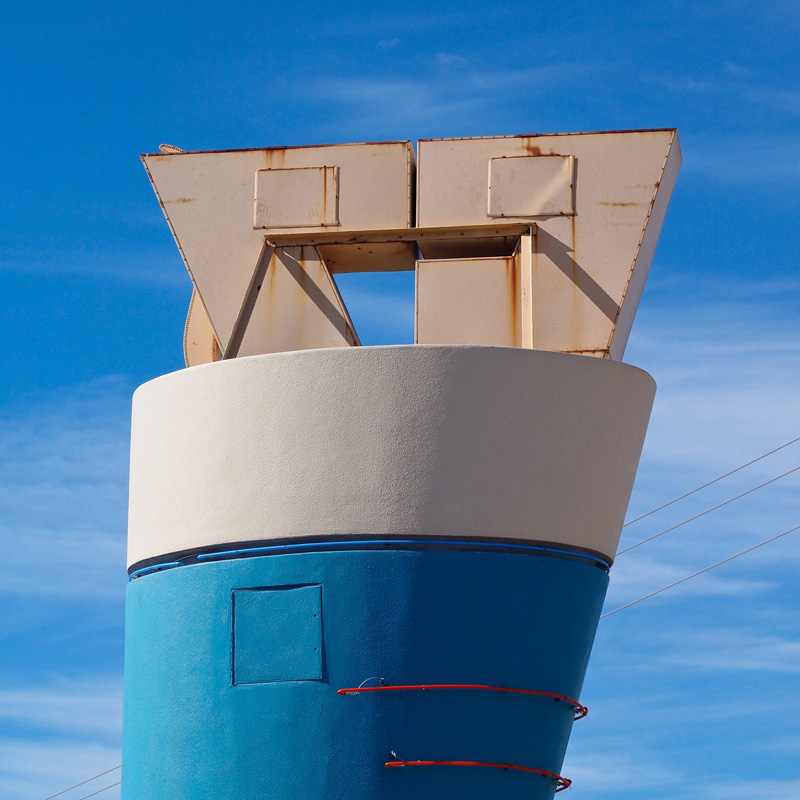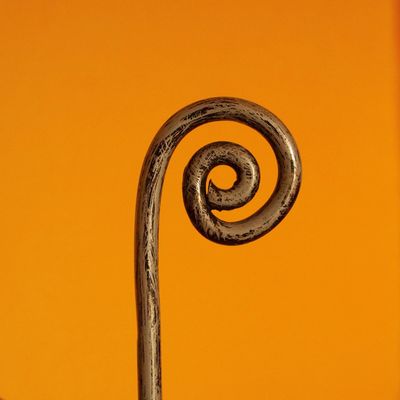By Ctein
Last week, Ken Wajda wrote an intriguing and thoughtful comment that read, in part, "It seems people think digital is less expensive than film, when I have film cameras that rarely need to be replaced, and digital photographers are spending thousands of dollars every year or two on upgrades." It got me to thinking, because it struck me as simultaneously very right, and wrong.
Not that this should be any sort of determinant of what kind of photographs you make. The worst imaginable reason I can think of for choosing to do a certain kind of photography is because it saves you money. For God's sake, if that's your motivation go find a hobby you like better!
Just to be clear, in this column I'm talking solely about cold, hard cash. Convenience, workflow, aesthetics, and the value of your time will not enter into this discussion. It's just about the bucks. With that said, it's certainly true that photographers frequently underestimate the cost of digital photography. A fair percentage of them think the photographs are effectively free once they've bought the equipment. As I've said before, that's not the case. When all incremental and incidental expenses are taken into account, digital photographs are a lot cheaper than film, running maybe 10% of the cost, but they're definitely not free. Especially not when you consider that folks tend to make more digital photographs than film photographs under the same circumstances. So, plus one point for Ken on that perceptive observation.
But I have to take the point back off for the notion that digital photographers are spending anywhere near that much on upgrades. The implication of Ken's remark is that an expenditure of oh, say, $1500 a year is representative of what digital photographers spend on upgrades. A few are, but is it in any way representative? Not really.
Only a small fraction of serious digital photographers (which is a very small fraction of all digital photographers) are spending several thousands of dollars on a camera body. Heck, there aren't even that many camera bodies that cost that much. Of the photographers that do buy them, the majority are not upgrading them every year or so.
A casual glance at the demographics suggests that $500–$1000 would be a lot more realistic for the serious (or semi-serious) photographer. Even that's probably high, but I'm willing to err on the side of conservatism for the sake of discussion.
So, what does it cost to be a film photographer? Well, that depends awfully heavily on what kind of film photographer you are: 35mm? Medium format? Black-and-white? Color? Let's talk color, since that's what the majority of photographers do.
These days, E-6 runs about 50 cents per 35mm frame for film and processing, about twice that for medium format.
C-41's about a third cheaper, but you need a proof sheet, at a minimum. If you get 4x6-inch prints thrown in with the processing, it's not a lot different from E-6.
(I know that some of you manage to spend a lot less—or a lot more—per frame of film. I'm discussing typical numbers for film use, just as I did for digital expenditures. Fair is fair.)
Okay, then, those digital camera upgrades equate to 500–2000 frames of film a year. That's not a lot. As a medium format photographer, I averaged well under 2000 frames a year, and most people I knew thought that was a remarkably small number.
The reality of it is that, on the whole, digital photography does turn out to be less expensive than film photography, although it's not close to being free. The big difference is that film photographers fritter away their money frame by frame while digital photographers blow it all in great chunks. But when you add up the dollars, year after year, most digital shooters are indeed saving money.
You might find it educational to run a cost analysis for your own photography. The numbers above may be typical, but things are going to be a lot different if you're print vs. slide (or monitor) oriented. Also, they'll be different if you send your printing/processing out to a lab vs. doing it all yourself or if you work primarily in B&W vs. color. It's all about usage patterns.
See if you can list every single place where you spend money on photography, of whatever sort you do. You might be surprised at what you uncover. At the least, it will make you think about where your bucks are going, and frequently that results in the realization that there are changes you can make to your buying or work habits that will save you money.
And, hey, if you can have the same amount of fun for less money, that's a major win!
Ctein
Ctein's accountings of things like accounting appear on TOP on Wednesdays, at no cost to you.
Original contents copyright 2012 by Michael C. Johnston and/or the bylined author. All Rights Reserved. Links in this post may be to our affiliates; sales through affiliate links may benefit this site.
A book of interest today:


(To see all the comments, click on the "Comments" link below.)
Featured Comments from:
Colin Work: "I think the cost factor is changing over time. My first DSLR (2002) cost
£3000. I justified that as it was pretty close to what I spent on film
the previous year. I figured that the camera would pay for itself in a
year...unfortunately a much better model appeared within six months.
That year was definitely a loss on the film-digital balance sheet.
But coming up to date, the compulsion to upgrade has greatly reduced—the perceived benefit of upgrading has diminished—or, put another way,
most modern DSLRs are 'good enough' for most purposes.
I recently replaced an original 5D with a 5DIII after five years; and its
hard to see any reason why the new camera won't do for a further five
years. You could argue I've had one break even year and four free years."
Philip Storry: "A digital camera can't be cheaper if you're going to include the ~£300 to £1000 of computing hardware you're inevitably going to have. Plus the software for editing. (Does anyone actually use the manufacturer's provided software? Anybody? Firmware updates don't count, by the way—I mean to process photos!) And then there's the possibility of backup software/hardware. Or even cloud services, which might bring an annual subscription into the frame.... And lastly, most importantly, there's the issue of the cost in time, rather than money.
"I still haven't learnt to take as few photos as I should be doing. This is because I can fit ~190 photos on one memory card, and I have five cards. Sure, I'm not paying by the frame—and I'm also not limited to processing in chunks of 12/24/36. Which feels great, because I'm free to just take photos without restrictions or repeating media costs.
"But boy, do I have some crap in my archives. I really need to get in there and weed.... Digital photography is addictive like that. It seems cheap, and it's certainly convenient. In fact, almost all the cost goes towards providing that incredible convenience. I think we just need to accept that, having paid for that convenience, we could probably concentrate on taking fewer, better photos.
"(We? Sorry. I meant 'I.' I apologise for tarring everyone with the same brush!)
"Sure, use Drive Mode to capture that all-important moment. But why not just only grab that moment when transferring to the computer for editing? Do I really need the other ones? Realising that Digital photography was very expensive was bad enough for me, but it was made much worse when I then realised I kept trying to justify the expense by taking—and therefore processing—more photos than I really needed to...."
Paulo Mendes: "I have been photographing since 1977 and I have kept very good records of expenditures, etc. Here are my results:
Body / Number Photographs / Price(camera+film) per neg(€) / life span(years)
Nikon FM - 5730 - 0.36 - 25
Nikon F801 - 7000 - 0.38 - 16
Nikon F100 - 3050 - 0.73 - 4
Toyo VX-125 - 500 - 6.52 - 9
Canon EOS 5D - 34800 - 0.10 - 7 (and counting)
"Notes: prices are current (compensated for inflation); price per neg in film is an average for B&W, slide and C-41 (too much work to separate them, but I do know how many from each type); on the Canon, 400€ were added to the price to account for backup hard drives and flash cards.
"OH! and I really regretted buying the F100 so close to my digital revolution...sigh!
"In my case digital clearly wins."
Don Risi: "I have to admit that digital photography is as, possibly more, expensive
than film photography, but in my case, at least, not entirely for the
reasons Ctein listed.
For me, the reason has to do not with upgraded gear, but with additional
gear (some of which is used gear). I have increased the amount of
photo gear I own probably fivefold since going digital in 2004.
I have always believed it necessary to have two bodies, and since my
brain can hardly handle learning to use one, having two different bodies
is impossible, so I have two identical bodies. And they are 2007
vintage. Would I like to have newer, up to date bodies? Sure. Can't
afford it. Can't afford a new 400mm lens, much less a new 600mm lens,
so I make do with their old, used, manual focus counterparts.
I also like to add to my lighting and studio gear. And gadgets. I love
gadgets.
"All in all, I've spent more on photo gear in the last eight years that I've
been shooting digital than I did during the entire 40 years of shooting
film that came before."
Rob (partial comment): "Just as digital photographers tend to make far more exposures than film
photographers, I would imagine that they make far more large digital
prints as well. It's just so easy to crank out one print after another
that its sometimes hard to stop oneself from doing it. Thus, the cost
of paper and ink must be taken into consideration."
Andy Kowalczyk: "Additional costs on the film side—scans and maybe a scanner. I think
it is fair to say that the 'typical' film shooter still has digital
somewhere in their workflow."
Softie: "The cost/benefit math is very different for black and white. Especially
if you mix your own chemicals and bulk roll your film, as I used to do
(for emulsions offered in bulk, anyway). I calculated that a DSLR,
Photoshop, a printer, and a backup drive would only pay for themselves
in four years.
The main advantage of digital for me is not a cost advantage at all, but
that I now dispense with a host of easily lost color filters in various
sizes because I use the channel mixer after the fact."
Mark: "I was prepared to argue with you, making the point that used film gear
is available for ridiculously low prices. But it turns out used DSLRs
are also available at fire sale prices. You can pick up a lightly-used
Nikon D40 with kit lens for just a couple hundred bucks on Craigslist. I
guess it's not economics that keeps me shooting film."
Semilog: "I recently put together a portfolio, which involved review of more than
25,000 archived images going back 20+ years. Most were 135 images taken
on Nikon and Leica M gear. A minor fraction was medium format. I was
stunned to discover that over half of the images in the final cut were
digital, and of those more than half were taken with the X-Pro1. Not one
MF image made the cut.
Cost per frame is not relevant. Number of portfolio images is highly
relevant. The X-Pro1 is the best investment in gear I've ever made, by
far. But that will not stop me from shooting the Leicas and black-and-white film, because I'm an irrational bastahd."

